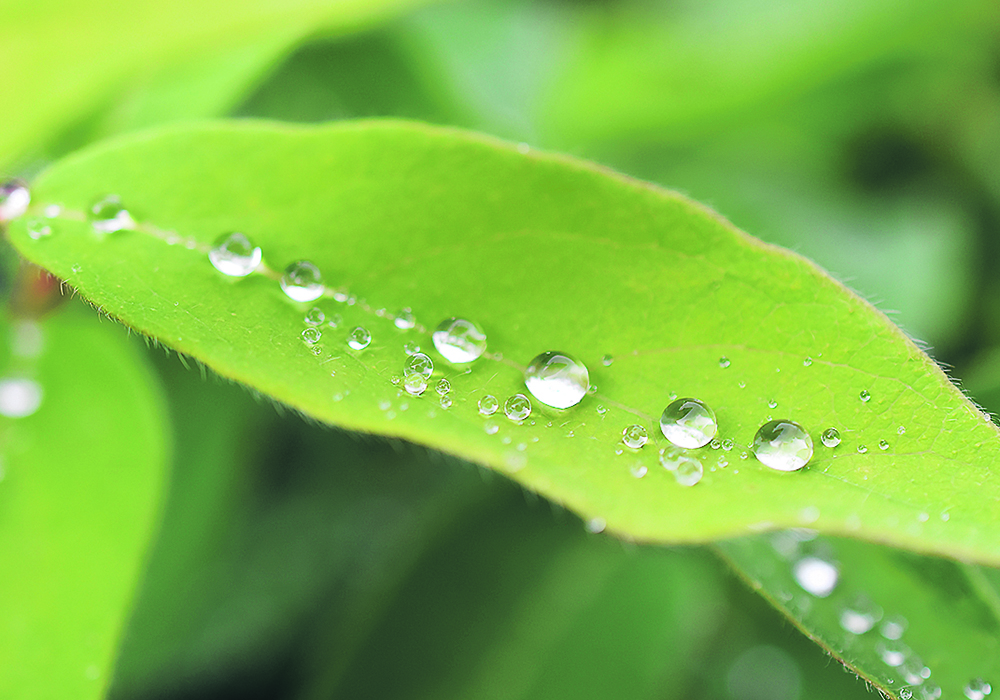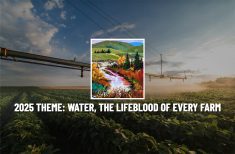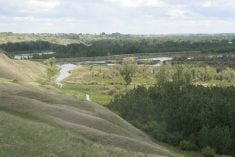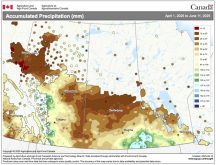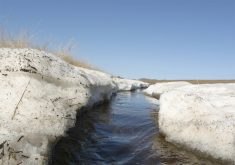Researchers have found a weakening response in plant growth and a sustained increase in plant water use since 2001
It has often been thought by scientists that the rising concentrations of carbon dioxide in the atmosphere benefit plants and increase their water-use efficiency by absorbing more carbon, using less water and increasing growth.
But recent research by scientists at the University of New Hampshire and colleagues at the universities of Michigan State, Montana and South Dakata and the Chinese Academy of Agricultural Sciences has shown that plant water-use efficiency has stalled since 2001.
It also showed that plants are absorbing less CO2 and more water is being taken up.
Read Also

Feds propose overhaul of chronic wasting disease control program
Chronic Wasting disease control program getting updated by Canadian Food Inspection Agency with feedback encouraged from producers.
The implications could have consequences for agricultural production and water resources.
“The implications of widely believed rising water-use efficiency motivated us to conduct this study,” said Jingfeng Xiao, a research professor in the Earth Systems Research Center at the University of New Hampshire.
“We noticed that enhanced plant growth is not as widespread as believed and we speculated that other factors might have offset the enhancement effect of rising atmospheric CO2 concentrations. We also noticed that transpiration has been increasing instead of decreasing. We thus speculated that other factors could be offsetting rising CO2 concentrations on transpiration.”
They studied the impact of vapour pressure deficit, a factor that has been rapidly rising with the rise in air temperatures, which could have limiting effects on photosynthesis while enhancing transpiration. Vapour pressure deficit is the difference between the amount of moisture in the air and how much moisture the air can hold when it is saturated.
“We decided to map both photosynthesis and transpiration for every location across the globe for each year and look at the long-term trends in both variables and thereby the trend in the ratio of these variables,” said Xiao. “Since water-use efficiency is essentially the ratio of photosynthesis and evapotranspiration, it does not have visual indicators and its changes depend upon the relative changes in the two variables, e.g. fluxes.”
In the study, the researchers developed 24 models for five major vegetation types — croplands, grasslands, forests, shrublands and savannas.
The news release stated that the researchers looked at potential influences and limitations in each ecosystem and found the satellite-driven models indicated a weakening response in plant growth and a sustained increase in plant water use since 2001, possibly because of rising vapour pressure deficit. As vapour pressure deficit increases, it potentially slows or suppresses photosynthesis and enhances plant water consumption, weakening plant growth and decreasing water use efficiency in global ecosystems.
“We observed an overall significant increase in water-use efficiency from 1982 with a substantial rise from 1982 to 2000,” said Xiao. “But after that, water use efficiency seems to have stalled. An increase in CO2 allows green plants to grow faster and use water more efficiently but this study shows that some methods that scientists thought might be in place to help achieve carbon neutrality may be undermined by the adverse effects of climate warming and that plants are not using water as efficiently as they might have expected.”
Many scientists believe that the dramatic rise in atmospheric CO2 concentrations causing climate change actually has benefits to plants by enhancing plant growth, reducing transpiration and increasing water-use efficiency.
“Our research shows that the effects of rising atmospheric CO2 on water-use efficiency were offset by those of rising vapour pressure deficit,” he said. “This indicates that even with the dramatic rise in atmospheric CO2 concentrations, plants including crops would not be able to conserve water as many scientists have expected.”
The researchers said that this trend may indicate that rising temperatures related to climate change and projected increases in VPD could impact future global land carbon levels stored in various ecosystems, affecting water cycles and plant growth.
The research was published recently in the journal Science.

